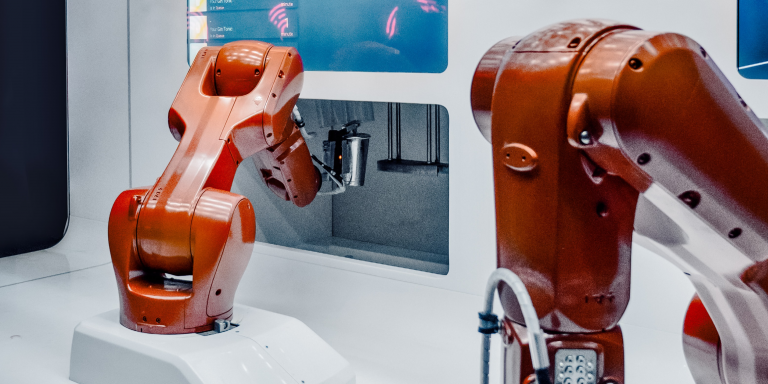
A team of roboticists from the EPFL (École Polytechnique Fédérale de Lausanne) and economists from the University of Lausanne has developed a method that calculates the probability that a job will be automated by robotics. This tool also suggests less risky job changes. The study, titled ” How to compete with robots by assessing the risks of task automation and resilient alternatives,” was published in Sciences Robotics.
The fourth industrial revolution emerged in 2011. Artificial intelligence and robotics have enabled the design of increasingly autonomous robots that can replace humans in their tasks.
A profound transformation of the entire economic and production system is taking shape, raising questions about the nature of the jobs that will disappear. This is the subject of a study by a team from the EPFL and the University of Lausanne, which has designed a tool that proposes professional reorientation towards less exposed jobs that require little retraining.
Professor Dario Floreano, director of the Intelligent Systems Laboratory at EPFL and head of this study at EPFL, explains:
“There are already different studies that predict the number of jobs that will soon be robotized, but they all focus on software robots, such as voice and image recognition, robot financial advisors, dialoguers, etc. Moreover, these predictions vary widely depending on job requirements and software capabilities. Our study considers not only artificial intelligence software, but also actual intelligent robots that perform physical work. We developed a method that systematically compares human and robotic capabilities required in hundreds of jobs.”
Assessing the risk of automation
To assess the automation risk index (ARI) of each job, the researchers referred to the Occupation Information Network (O*NET), a U.S. market database of 967 job profiles. For each job, O*NET provides a profile composed of a list of required abilities, skills and knowledge. The researchers selected 87 human capabilities.
In addition to human capabilities, they also studied a set of robotic capabilities that robots and AI are already capable of performing or will be able to perform in the future. For this, they used a list of capabilities defined in the SPARC Multi-Annual Report (MAR), a document published by SPARC, a public-private partnership between the European Commission and EU-robotics, which represents the European robotics industry. After selectively matching human capabilities from the O*net list to robotic capabilities in the MAR document, the team was able to calculate the likelihood for each existing job to be performed by a robot.
The study classified the 967 jobs: physicists are the least likely to be replaced by a robot, while people working in slaughterhouses are at the highest risk. In general, jobs in the food industry, building and maintenance, construction and mining seem to be the most exposed to robotization.
The authors then created a method to find the conversion for any job that has a significantly lower risk of automation, while being close to the original job in terms of skills and knowledge required. To do this, they used data on the U.S. workforce and simulated thousands of job conversions based on the algorithm’s suggestions.
Professor Rafael Lalive, who co-led the study at the University of Lausanne, concludes:
“Today, the major challenge for society is to prepare to deal with automation. Our work provides detailed career advice to workers facing high risks of automation, allowing them to choose safer jobs while reusing many of the skills they acquired in their previous jobs. With this advice, governments can help society become more resilient to automation.”
Translated from Robotique : quels sont les métiers amenés à disparaître avec la robotisation ?









